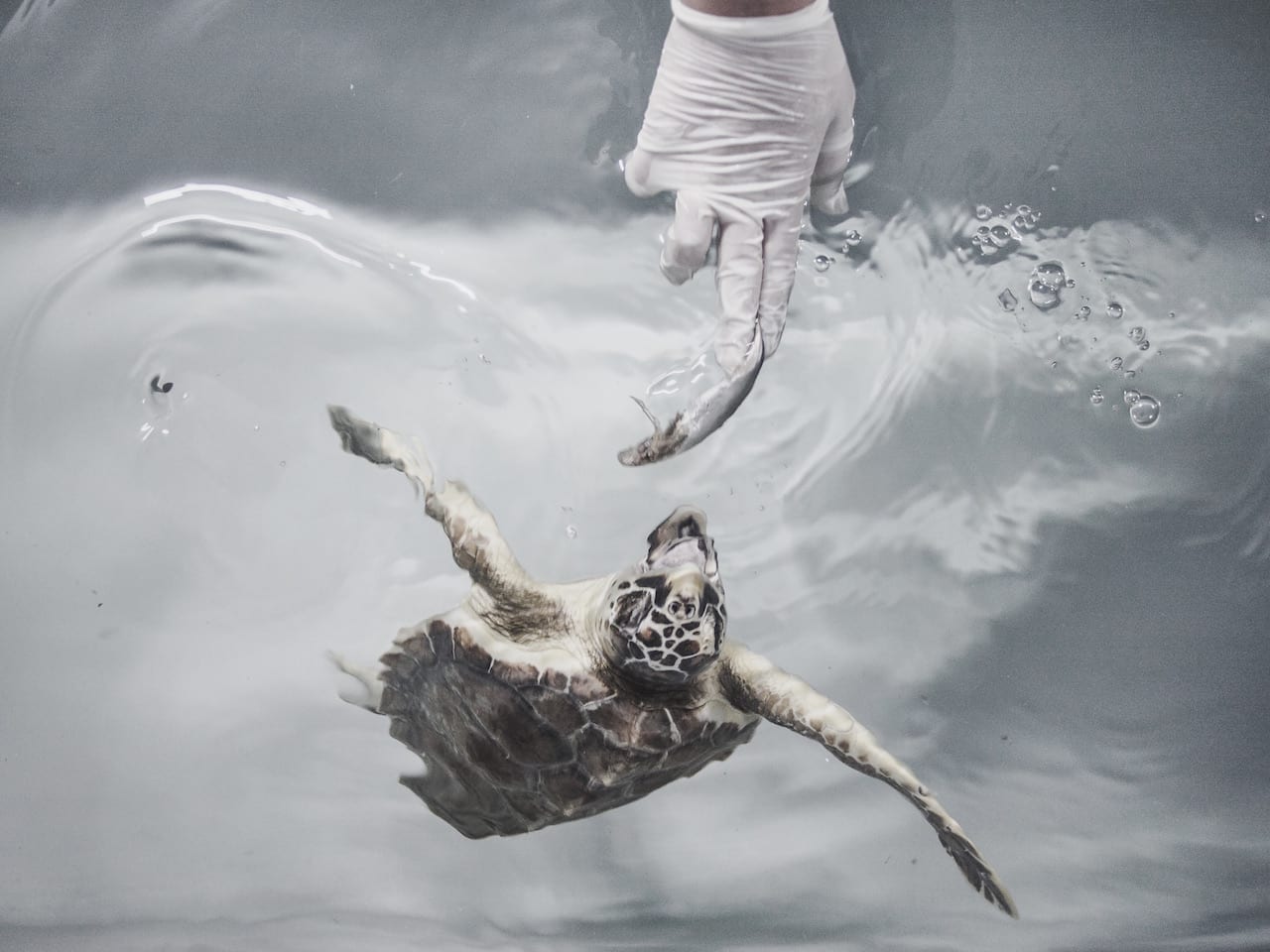Roland Barthes’ tear-jerking account of his confrontation with his mother’s photograph captures the emotions that a picture of a loved one can evoke, and the significance of a family photograph. From early formal portraits of upper-class families shot in studios to contemporary snaps, images have welded families together under the premise of memory. But with private pictures now becoming more public, family photographs are evolving in the way we document our histories. Rie Yamada’s family photographs take it a step further: instead of documenting her nearest and dearest, in her series Familie werden (which translates as Become a family), the photographer plays every relative herself, highlighting gender stereotypes and social archetypes with a good dose of hilarity and absurdity.


